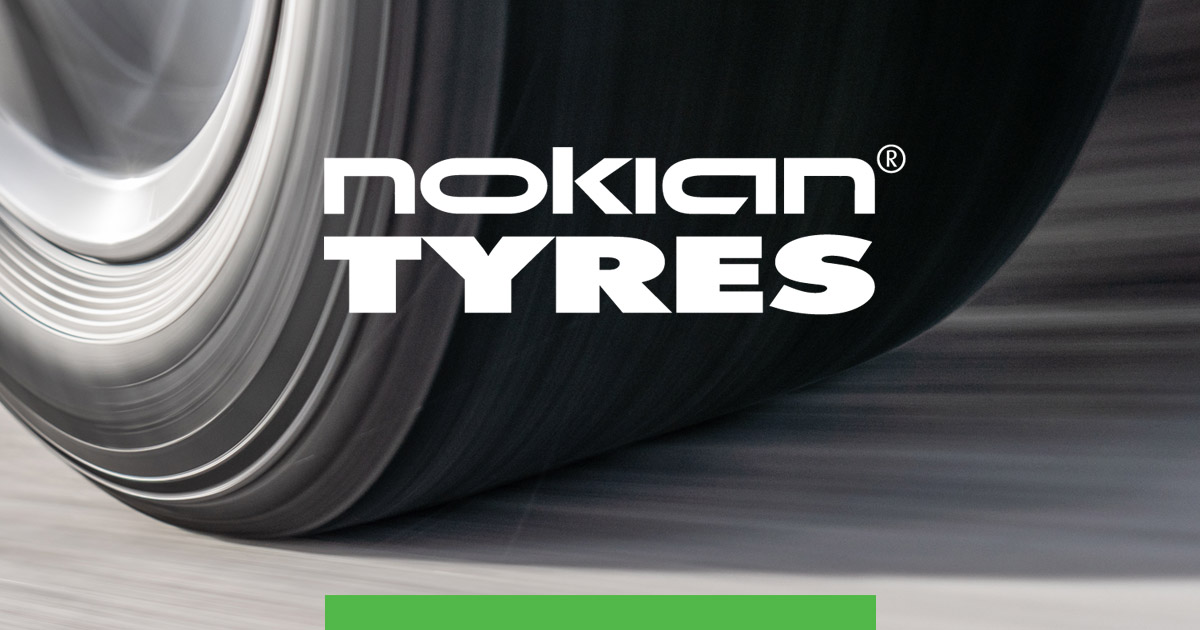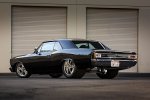You are using an out of date browser. It may not display this or other websites correctly.
You should upgrade or use an alternative browser.
You should upgrade or use an alternative browser.
Skinny vs wide tires pros/cons
- Thread starter scandy
- Start date
nickw
Adventurer
How do you figure?No to both. Gearing is optimized for the smaller tires, and most of my driving is at modest speeds where rolling resistance is most important.
The rolling resistance of wider tires is actually lower than narrow ones, and the Hankook ATMs must use low hysteresis compounds, compared to the stock Bridgestones.
rruff
Explorer
I looked it up many years ago, and also plotted lab data on passenger tire rolling resistance. Wider tires have a wider but shorter contact patch which results in less casing distortion. Of course you need to compare tires that are otherwise identical. There can be a pretty huge difference in rolling resistance between tires that seem similar in every way. This is especially true of AT and mud tires.How do you figure?
nickw
Adventurer
I find it very hard to believe a a 32" x 9" tire at 45 psi is netting worse mileage than a 32" x 11.5" tire at 30 psi. Look at the tires on the EV cars that are engineered for mileage, all narrow.I looked it up many years ago, and also plotted lab data on passenger tire rolling resistance. Wider tires have a wider but shorter contact patch which results in less casing distortion. Of course you need to compare tires that are otherwise identical. There can be a pretty huge difference in rolling resistance between tires that seem similar in every way. This is especially true of AT and mud tires.
It is also highly dependent on tire pressure, how do you control for that?
All things equal, a narrow tire is lighter, which is a huge factor in mileage especially in traffic where they are being constantly accelerated and decelerated. Of course the real world is tricky since many narrow tires are E rated only and in many cases are heavier than their wider counterparts....
Too many variables to throw blanket statements out there.
All the vehicles in the Solar Challenge have tires that are like 4" wide:
2019 BWSC | World Solar Challenge 2019
2019 Bridgestone World Solar Challenge Photos
rruff
Explorer
I find it very hard to believe a a 32" x 9" tire at 45 psi is netting worse mileage than a 32" x 11.5" tire at 30 psi. Look at the tires on the EV cars that are engineered for mileage, all narrow.
You have to compare at the same pressure.
EV cars are small and light compared to the trucks we drive. And the other considerations are aerodynamics and weight.
The high trim Prius runs 215/45r17 tires. For a 3100lb economy car that isn't narrow.... compared to the 255s that came on my 5500lb truck.
Solar Challenge cars are very lightweight (~600lb) and aero drag is primary.
jadmt
ignore button user
I run 315/70-17 (also marked 35x12.5-17) on side wall cooper st/maxx tires on AEV 18x8.5 rims and Falken 255/80-17 AT3W on stock 17x7.5-17 rims and have switch back and forth often and reset speedo each time with a procal and my odometer is spot on with each tire. There is at least 16lbs pounds difference between the two combos. I put a fair amount of miles on ie 20,000 miles a year and I get essentially the same with both sets. I run less psi in the bigger ones ie 28psi vs 32psi in the smaller ones. I have tried running higher in both sets and it never made enough of a difference in mpg over a 1000 miles to make it worth the worse ride. The ST/Maxx are slightly more aggressive tread so you would think there would be a mpg penalty with them but there really is not. I hand figure every single fill up.
nickw
Adventurer
I'd argue different tire widths (along with casing construction) should be run at different PSI, so you don't have to compare at the same pressure if you want to look at how they would be run in the real world.You have to compare at the same pressure.
EV cars are small and light compared to the trucks we drive. And the other considerations are aerodynamics and weight.
The high trim Prius runs 215/45r17 tires. For a 3100lb economy car that isn't narrow.... compared to the 255s that came on my 5500lb truck.
Solar Challenge cars are very lightweight (~600lb) and aero drag is primary.
Don't take my word for it:

Wide or narrow tires? Here’s how your choice will affect driving / Nokian Tyres
Many drivers want their summer tires to look flashier than their winter equivalents. That is why wid...
"Replacing narrow tires with wider ones will usually increase rolling resistance and, therefore, slightly increase fuel consumption"
If wider tires had less rolling resistance we'd see even the econo cars with them.....
D
Deleted member 9101
Guest
I have always run a skinny tire so I don't gernade my fuel economy as badly.
gwittman
Adventurer
I have raced in SCCA for over 30 years. It is pretty well known in the racing community that wider tires reduce top end speed on the straights while increasing cornering speeds in general. The common belief for reduction in top end speed with wider tires is not aero but it is due to the tires squirming on the pavement as the tire deflects when contacting the pavement. With high traction tires (gummy slicks), the squirming robs power to keep the tire rotating. Part of the loss is due to the tires wanting to stick to the pavement, but that also happens with less wide tires. The primary factor is the squirming. That does not mean racers go for narrow tires because carrying higher speeds through the corners usually outweighs top end speed at the end of the straight. There is an optimum width for each race car depending on power and weight of the car as well as the track configuration. I can assure you vehicles trying to break land speed records don't run wide tires.
Street tires are certainly not affected as much by this squirming as a race car is but I am sure it still has some effect which shows up in less mpg with wider tires. The width of the tire also has a aero effect due to street vehicle sitting higher with more tire in the air flow.
Street tires are certainly not affected as much by this squirming as a race car is but I am sure it still has some effect which shows up in less mpg with wider tires. The width of the tire also has a aero effect due to street vehicle sitting higher with more tire in the air flow.
plh
Explorer
road conditions, wind directions, elevation changes, outdoor temperature, cruise speed set, driver style and a lot of other factors make as much difference. In my primary ride which I've logged over 100K miles in 8 years I range between 17 mpg and 20 mpg highway. This is over the following tires: Bridgestone Duellers P265/65R17, Falcon AT LT265/75R17, wheel swap BFG A/T KO LT235/85R16, wheel swap BFG A/T KO2 LT285/75R16. Doesn't matter which tire, other factors matter more on a daily basis.
SOneThreeCoupe
New member
The difference between aero drag increases and rolling resistance increases needs to be taken seriously- while a tire may have a rolling resistance increase of 25% over another, that resistance remains linear. The aero drag increases, however, are higher- drag increases at the square of the velocity change. So while your speed may have increased to 40mph from 20mph, aero drag is four times higher, and the aero drag difference between 20mph and 80mph is sixteenfold.
Most of us have more tire in the breeze than cars do, so it's an area where we can make up highway range with little downside.
Most of us have more tire in the breeze than cars do, so it's an area where we can make up highway range with little downside.
Similar threads
- Replies
- 0
- Views
- 304
- Replies
- 2
- Views
- 813
- Replies
- 1
- Views
- 770

